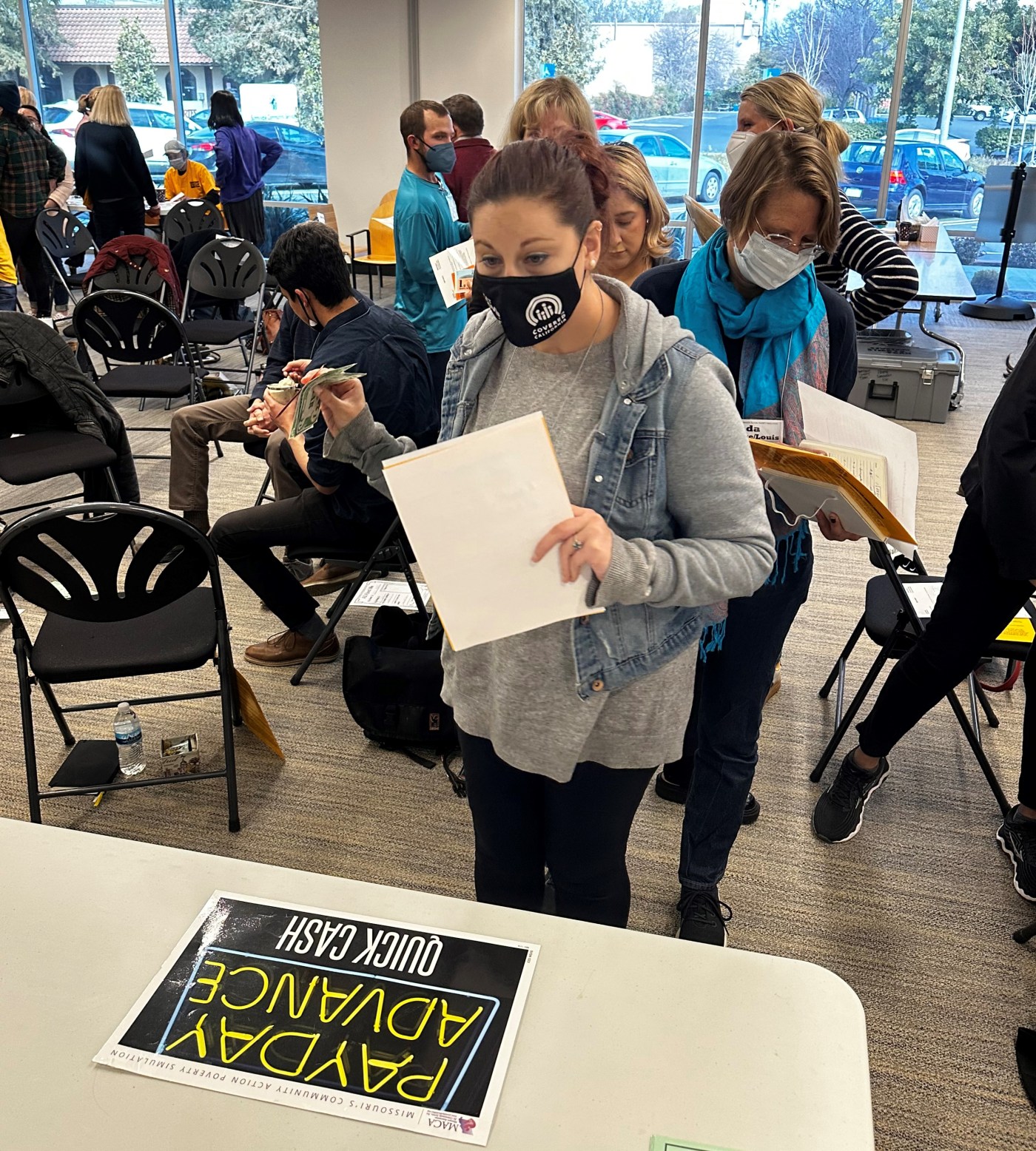Gov. Gavin Newsom is fond of comparing California’s economy to those of other states, particularly archrivals Texas and Florida, and even other nations.
Unsurprisingly, however, there was no braggadocio from the governor’s office Tuesday when California found itself in a No. 1 economic position — having, once again, the nation’s highest level of poverty.
Actually, California’s official poverty number, as calculated by the Census Bureau for the 2021-23 window, was not terrible at 11.7% of its nearly 40 million residents, just slightly higher than the 11.4% national figure. But the official percentage, calculated by a formula that hasn’t changed in decades and assumes the underlying economic conditions are the same everywhere, is widely rejected by academics.
Responding to criticism, some years ago the Census Bureau developed a “supplemental measure” that takes into account a broader array of factors, most importantly the cost of living. And it’s California’s supplemental poverty score — 15.4% over the three years — that sets the state apart.
California’s notoriously sky-high costs for housing, energy and other living needs clobber the incomes of working-class families, driving them into poverty. The national supplemental rate is 11% and the lowest is South Dakota’s 6.2%. Texas and Florida, frequent targets of Newsom’s scorn, have rates of 12.6% and 14% respectively.
By an even broader measure, California’s 15.4% supplemental poverty rate understates its immense economic divide.
The Public Policy Institute of California, using a methodology similar to that of the Census Bureau, calculated that in 2023, 31.1% of Californians were either at or near poverty. Deep poverty, defined as “families with less than half of the resources to meet basic needs,” was at 3.4%.
At the other end of the scale, the average income of those in the top 1% is $1.2 million.
The calculation that nearly a third of Californians are in serious economic distress comports with the fact that more than a third, 14.5 million, are enrolled in Medi-Cal, the state’s health care system.
Starkly but regrettably, there is a distinct racial component to the California divide, as displayed in a new report that was also released this week.
The Oakland-based Maven Collaborative, which advocates for economic equality, issued the report, entitled “Living on the Brink: The True Cost of Being Californian,” that explores “vast economic inequality along gender and racial divides in the state, particularly for Black and brown Californians with children.”
It found that the share of households “barely scraping by” increased by 8% between 2021 and 2023; that “childless Black households who are living paycheck to paycheck is nearly the same as white households with three children”; that economic inequality is highest in the Bay Area communities with highest costs of living; that nearly a third of college-educated Black women face financial instability, twice the percentage of white men with degrees; and that an adult with one child living in San Francisco would have to work 22 hours a day, seven days a week, to cover basic living expenses.
Related Articles
The ‘A’ word: Affordability in housing has become a muddled term
California county requires hospitals to report patient medical debt, as a way to reduce bills
A progressive star known for guaranteed income program as young mayor runs for California office
Survey: The average American feels they’d need over $200K a year to be financially comfortable
Santa Cruz area named most expensive rental market in nation. Again.
“These findings show California’s economic landscape is increasingly becoming one where only the white and wealthy can thrive,” Maven’s co-founder and co-president, Jhumpa Bhattacharya, said in a statement. “Lawmakers must take swift, decisive action to reverse these figures, which paint a clear picture: Black, brown and Indigenous families are facing a near-impossible financial battle to survive in our state.”
California is, of course, a deeply blue state in which Democrats hold almost total political power and have enacted multiple programs aimed at closing the economic divide. However, if anything, it has gotten wider in recent years and the state now faces multiple years of budget deficits.
It’s California’s most glaring conundrum.
Dan Walters is a CalMatters columnist.












